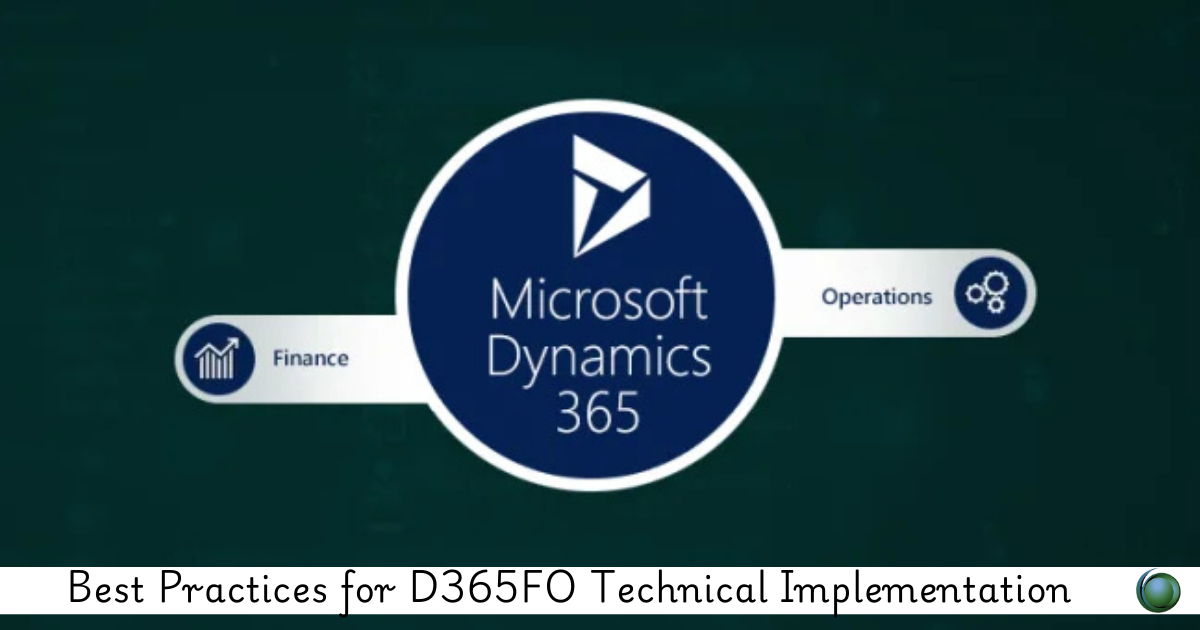Description
Introduction
Effective project management is critical for enterprises handling multiple large-scale projects simultaneously. SAP Project System (SAP PS) and SAP Portfolio and Project Management (SAP PPM) are two powerful solutions designed to streamline project execution, financial tracking, and resource management. Integrating SAP PS with SAP PPM allows organizations to align strategic project portfolios with operational execution, ensuring better control, visibility, and decision-making.
This course is designed for project managers, SAP consultants, and IT professionals who want to master the integration of SAP PS and SAP PPM. Participants will learn how to manage end-to-end project lifecycles, align project portfolios with business goals, and leverage advanced analytics for performance optimization.
Prerequisites
-
Basic knowledge of SAP PS and SAP PPM functionalities.
-
Familiarity with project management principles.
-
Understanding of SAP ERP modules (FI, CO, MM, SD) is recommended but not required.
Table of Contents
1. Overview of SAP PS and SAP PPM
1.1 Introduction to SAP PS: Key Features and Capabilities
1.2 Introduction to SAP PPM: Portfolio and Project Management
1.3 Comparing SAP PS and SAP PPM: Roles and Use Cases
1.4 Business Benefits of Integrating SAP PS and SAP PPM
2. SAP PS and SAP PPM Architecture and Data Flow
2.1 Technical Architecture of SAP PS and SAP PPM
2.2 Understanding Master Data and Transactional Data Flow
2.3 Mapping Project Structures Between SAP PS and SAP PPM
2.4 Key Integration Touchpoints and Dependencies
3. Configuring SAP PS and SAP PPM Integration
3.1 Integration Strategies for SAP PS and SAP PPM
3.2 System Settings and Configuration Steps
3.3 Data Synchronization and Master Data Consistency
3.4 Handling Change Management in Integrated Environments
4. Portfolio and Project Management Alignment
4.1 Creating and Managing Project Portfolios in SAP PPM
4.2 Linking Portfolio Items with SAP PS Work Breakdown Structures (WBS)
4.3 Strategic Project Selection and Prioritization
4.4 Monitoring Portfolio Health and Risk Management
5. Financial and Resource Management Across SAP PS and SAP PPM
5.1 Budgeting, Costing, and Controlling Across Integrated Systems
5.2 Resource Allocation and Capacity Planning
5.3 Financial Reporting and Variance Analysis
5.4 Automating Financial Data Flow Between SAP PS and SAP PPM
6. Workflow Automation and Process Optimization
6.1 Automating Project Approvals and Workflows
6.2 Enhancing Collaboration Between Project Teams
6.3 Best Practices for Efficient Process Execution
6.4 Reducing Manual Effort Through Integration
7. Reporting and Analytics in Integrated Environments
7.1 Standard and Custom Reports in SAP PS and SAP PPM
7.2 Leveraging SAP Business Warehouse (BW) for Advanced Analytics
7.3 Real-Time Dashboards for Project and Portfolio Tracking
7.4 Predictive Analytics and AI-Driven Insights
8. Advanced Topics and Future Trends
8.1 Integrating SAP PPM and SAP PS with S/4HANA
8.2 Leveraging SAP Fiori for Enhanced User Experience
8.3 Cloud-Based Project Management with SAP PPM and SAP PS
8.4 Future Trends in Enterprise Project Management
9. Case Studies and Best Practices
9.1 Case Study: Enterprise-Wide SAP PS and SAP PPM Integration
9.2 Lessons Learned from Successful Implementations
9.3 Common Challenges and How to Overcome Them
9.4 Best Practices for Long-Term Success
Conclusion
Integrating SAP PS and SAP PPM empowers organizations to achieve greater efficiency in project and portfolio management. By ensuring seamless data flow, improving financial oversight, and enabling strategic decision-making, enterprises can optimize their projects for success.
This course provides the necessary knowledge and skills to configure, manage, and optimize SAP PS and SAP PPM integration. Whether managing project portfolios, aligning business objectives, or enhancing reporting capabilities, participants will gain the expertise needed to drive operational excellence and business growth.







Reviews
There are no reviews yet.